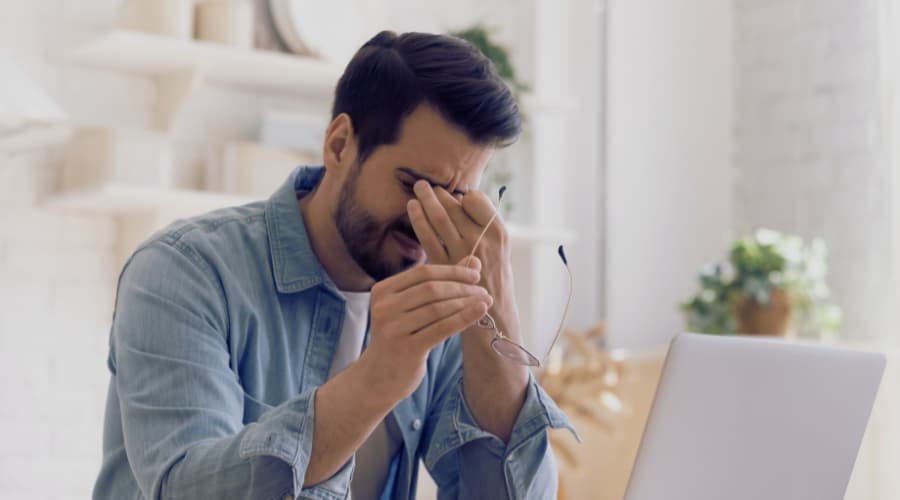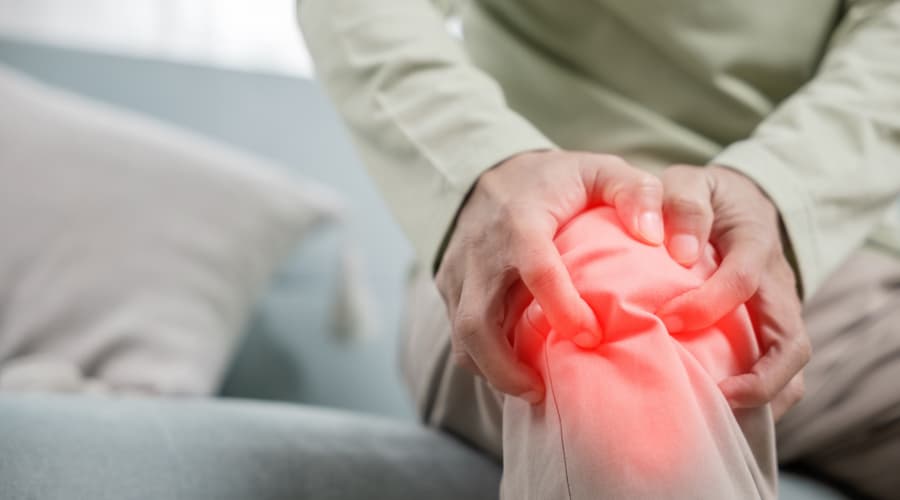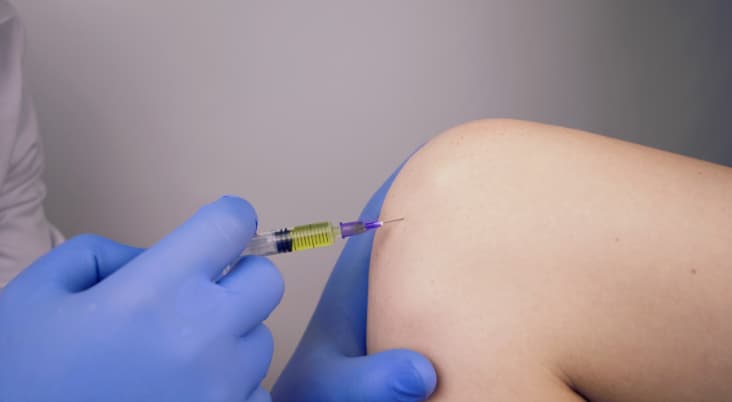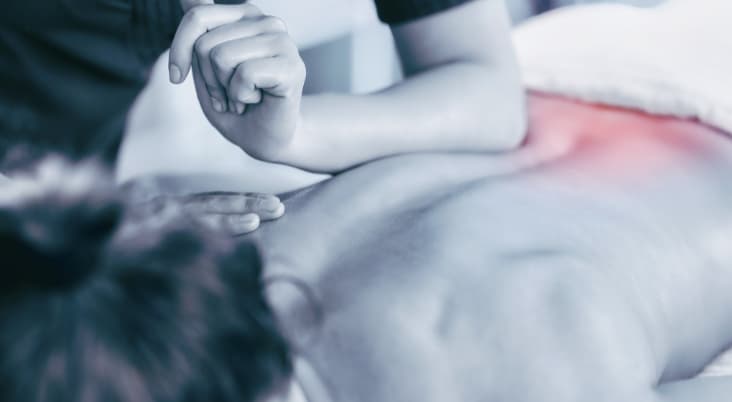Back pain is a prevalent issue, affecting millions of people in the UK annually. It can strike at any stage of life but is particularly common between the ages of 35 and 55. At Vale Health Clinic, we understand the significant impact back pain can have on your quality of life. We are here to provide comprehensive support, from lifestyle advice to treatments like cortisone and Arthrosamid injections.
The Basics of Back Pain
The back is a complex structure comprising bones, muscles, ligaments, tendons, and nerves. This intricate system supports the upper body, protects the spinal cord, and facilitates movement. Key components include:
- Vertebrae: 24 small bones that form the spine, separated by shock-absorbing discs.
- Ligaments and Tendons: Flexible connective tissues stabilising and moving the back.
- Nerves: Branching from the spinal cord, these transmit signals to and from the brain.
This network works tirelessly to keep us upright and mobile, but its complexity makes it susceptible to injury and strain.
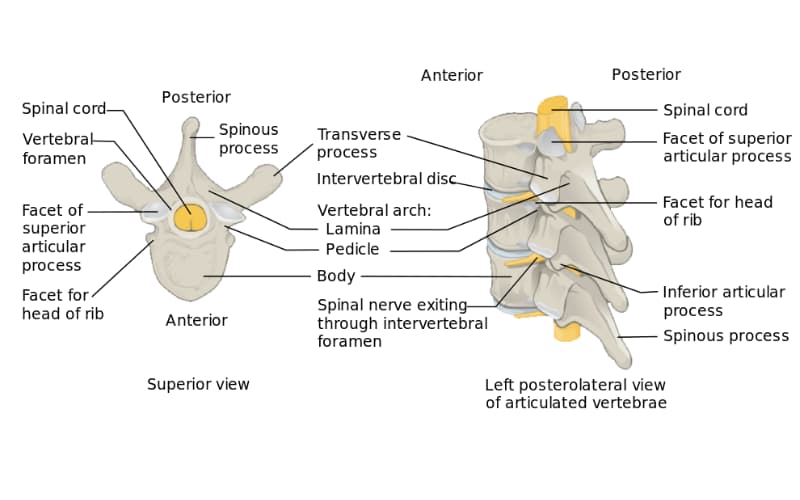
Lower Back Pain
The lower back, or lumbar region, bears the upper body’s weight, making it particularly vulnerable to injury. Daily lifting, twisting, or sitting for prolonged periods can strain this area. For many, even minor injuries can result in significant discomfort.
Common Symptoms of Lower Back Pain:
- Aching or stiffness that worsens with movement.
- Pain radiating down the leg, often due to sciatica.
- Difficulty bending, lifting, or standing for long periods.
Fortunately, most lower back pain resolves within a few weeks with rest, gentle movement, and at-home treatments. However, persistent or severe pain may require professional intervention.
When to Seek Medical Attention
While many cases of back pain improve with self-care, specific symptoms warrant immediate medical evaluation. These include:
- Unexplained weight loss or swelling in the back.
- Numbness or tingling in the legs or buttocks.
- Loss of bladder or bowel control.
- Pain following a traumatic injury, such as a car accident or fall.
If you experience any of these, contact a healthcare professional promptly. Early diagnosis is essential to prevent complications and ensure effective treatment.
Typical Causes of Back Pain
Back pain can arise from a wide range of factors, including:
- Poor Posture: Slouching or improper seating can strain muscles and ligaments.
- Lack of Exercise: Weak back muscles are less capable of supporting the spine.
- Injury: Lifting heavy objects or sudden movements can cause acute pain.
Certain medical conditions, such as arthritis, herniated discs, or sciatica, can also contribute to chronic back pain.
Treatments for Back Pain
At Vale Health Clinic, we offer a variety of treatments tailored to the severity and cause of your back pain. Our approach combines advanced medical techniques with lifestyle advice to deliver long-lasting relief.
Cortisone Injections
Cortisone injections are an effective solution for reducing inflammation and pain, particularly for conditions like herniated discs or arthritis. Administered directly into the affected area, these injections provide targeted relief, allowing you to regain mobility and comfort.
Arthrosamid Injections
For chronic lower back pain, Arthrosamid offers a breakthrough solution. This hydrogel injection acts as a long-lasting cushion within the joint, reducing pain and improving movement. It’s an excellent option for patients not responding to other treatments.
Chiropractic Care
Chiropractic care can help realign the spine, reduce tension, and restore proper function. This hands-on approach is particularly beneficial for managing non-specific back pain and improving overall spinal health.
Physical Therapy and Exercise
Strengthening the muscles that support your back is crucial for long-term pain management. Our tailored exercise programmes include gentle stretching, core strengthening, and posture training to alleviate pain and prevent future injuries.
Lifestyle Changes to Support Back Health
In addition to professional treatments, small lifestyle adjustments can make a significant difference in managing back pain:
- Improve Your Posture: Maintain a straight back and aligned shoulders when sitting or standing.
- Stay Active: Regular exercise, such as walking or yoga, keeps muscles flexible and strong.
- Choose Supportive Shoes: Proper footwear reduces strain on the back by aligning your posture.
Vale Health Clinic
At Vale Health Clinic, we understand that back pain is not just a physical challenge but can affect your emotional well-being and quality of life. Our team provides comprehensive, personalised care to address your unique needs and goals.
From advanced treatments like cortisone and Arthrosamid injections to holistic approaches such as chiropractic care, we are dedicated to helping you regain control of your life.
Take the First Step Towards Relief
If you’re struggling with back pain, don’t wait to seek help. At Vale Health Clinic, we’re here to guide you through every recovery step. Contact us today to book a consultation and start your journey towards a healthier, pain-free back.
Related Articles
- Getting a Good Night’s Sleep When You Have Back or Joint Pain
- Stay-at-Home Exercises for Your Back
- Back Pain Emergency – Tunbridge Wells
- Will Exercise and Moving About Make Your Chronic Back Problem Worse?
- Is Cold Weather Making your Back Pain Worse?

























